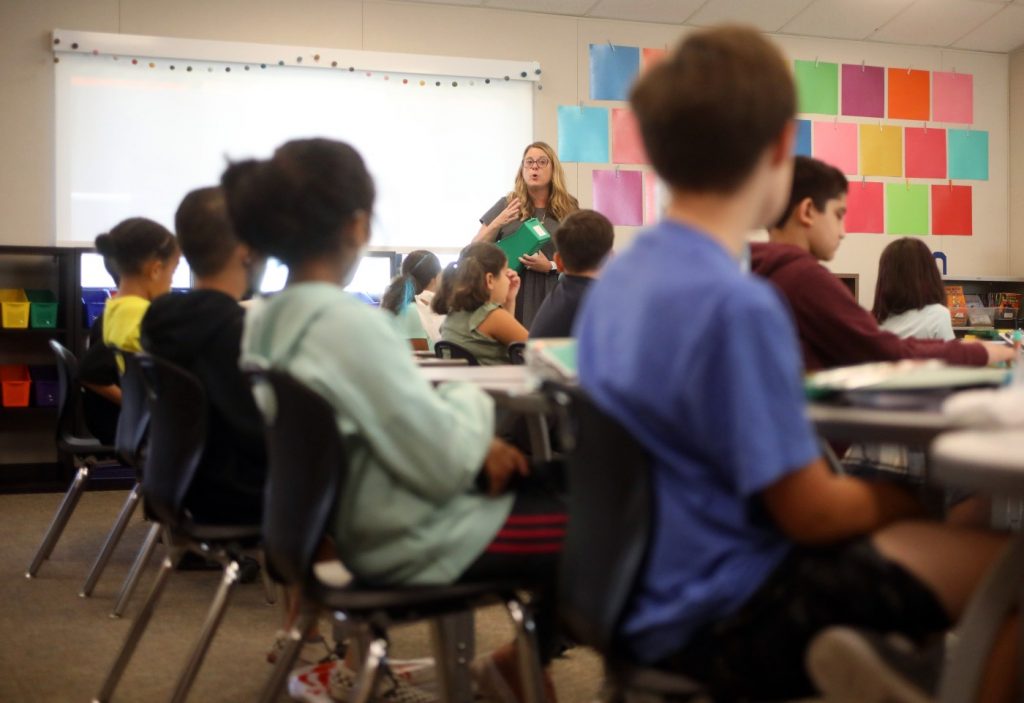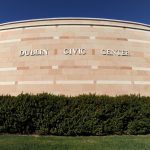Click here for a complete list of our election recommendations.
Eleven school districts in the South and East Bay have placed measures on Tuesday’s ballot that would raise property taxes to supplement funding for education.
Voters should consider the amount of the tax, whether it’s permanent or has a termination date, and whether the district already collects other voter-approved taxes.
On that latter point, districts often fail to disclose on the ballot or in the official voter guides the other taxes they collect. So, property owners should check their tax bills.
Against the cost, we balance the needs of the districts. Generally, parcel tax measures include high-falutin ballot language about the programs the money would be used for. In most cases, it would effectively just provide additional funding for district operations.
Of the 11 measures, we evaluated the proposals for the three largest districts. Here are our recommendations:
N – East Side Union High School District – Yes
Cost: $49 per parcel annually for operations for five years.
District property owners also pay to retire school construction bonds. This year, that tax was $64 per $100,000 of the property’s assessed value. For the owner of a single-family home assessed at the district average $648,955, that’s about $415 annually.
Recommendation: Yes. The district has no other parcel tax for operations, the amount sought is modest compared to amounts in other Bay Area districts, and the district receives a disproportionately small amount of funding per student compared to other districts.
The district is experiencing substantial declining enrollment and faces a very serious structural budget deficit. Clearly, with or without Measure N, officials will need to make cuts.
Q – Milpitas Unified School District – Yes
Cost: $119 per parcel annually for operations for eight years, ending in 2033. That’s on top of another parcel tax for operations of $84 that voters in 2022 agreed to extend until 2031.
District property owners also pay to retire school construction bonds. This year, that tax was $61 per $100,000 of the property’s assessed value. For the owner of a single-family home assessed at the district average $729,277, that’s about $445 annually.
Recommendation: Yes. Measure Q would raise an estimated $2.2 million. But the district faces a projected budget shortfall of $10 million-$12 million in each of the next two fiscal years. That’s the bigger issue the district needs to address.
Also, the ballot wording and supplementary material makes no mention of the existing parcel tax. Voters should be given complete information.
Q – San Ramon Valley Unified School District – Yes
Cost: $144 per parcel annually for operations for nine years.
District property owners also pay to retire school construction bonds. This year, that tax was $68 per $100,000 of the property’s assessed value. For the owner of a single-family home assessed at the median $1.2 million, that’s about $816 annually.
Recommendation: Yes. Measure Q is an extension of an existing parcel tax due to expire in 2025. The measure vastly improves upon the district’s problematic pair of measures that voters wisely rejected earlier this year.
District trustees called a costly May special election, knowing that voter turnout would be low. One of the measures would have extended the existing parcel tax and added an inflation escalator, a detail the district obfuscated in the ballot language. The other measure would have imposed a second parcel tax.
Related Articles
Editorial: Dublin should have been up front about term-limit ballot measure
Editorial: Unpacking those confusing sales tax ballot measures. Here’s our take.
Editorial: Voters, here’s what they’re trying to hide about local bond measures
Editorial: In Berkeley, elect Ishii mayor for needed calm, respectful leadership
Editorial: Recall Alameda County DA Pamela Price. Here’s why.
Voters rejected both measures. Now, the district is coming back with what they should have proposed to begin with — a simple extension of the existing parcel tax with a reasonable sunset period.
The $6.8 million that Measure Q would raise is a small part of the district’s $287 million annual revenue. But it will help keep the district’s budget balanced. Before the next renewal comes, the district, which is experiencing a slow but steady decline in enrollment, should adjust its budget so it doesn’t need another parcel tax extension.


